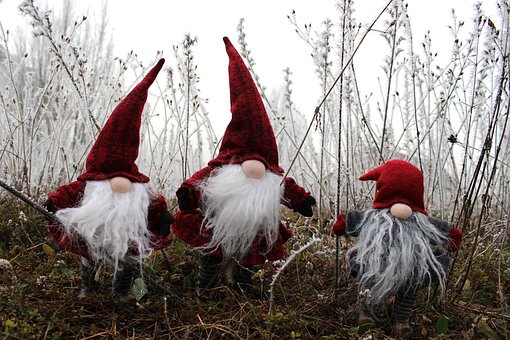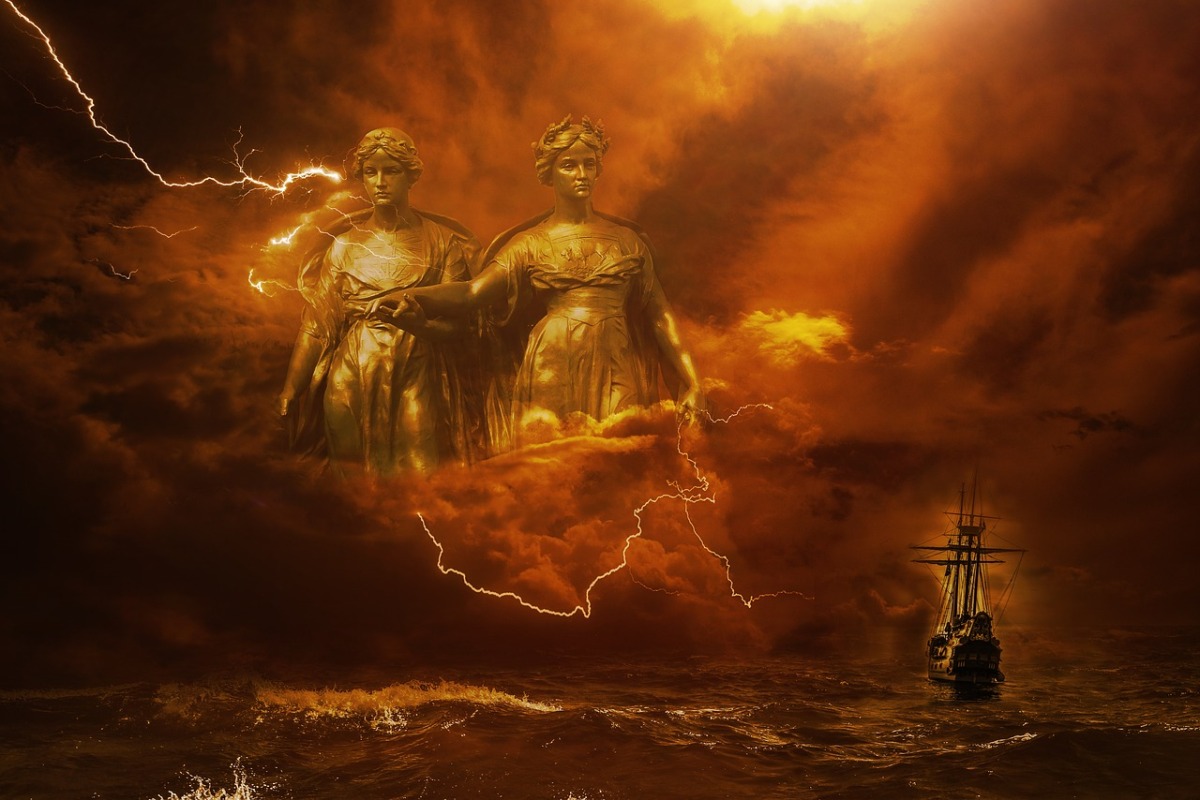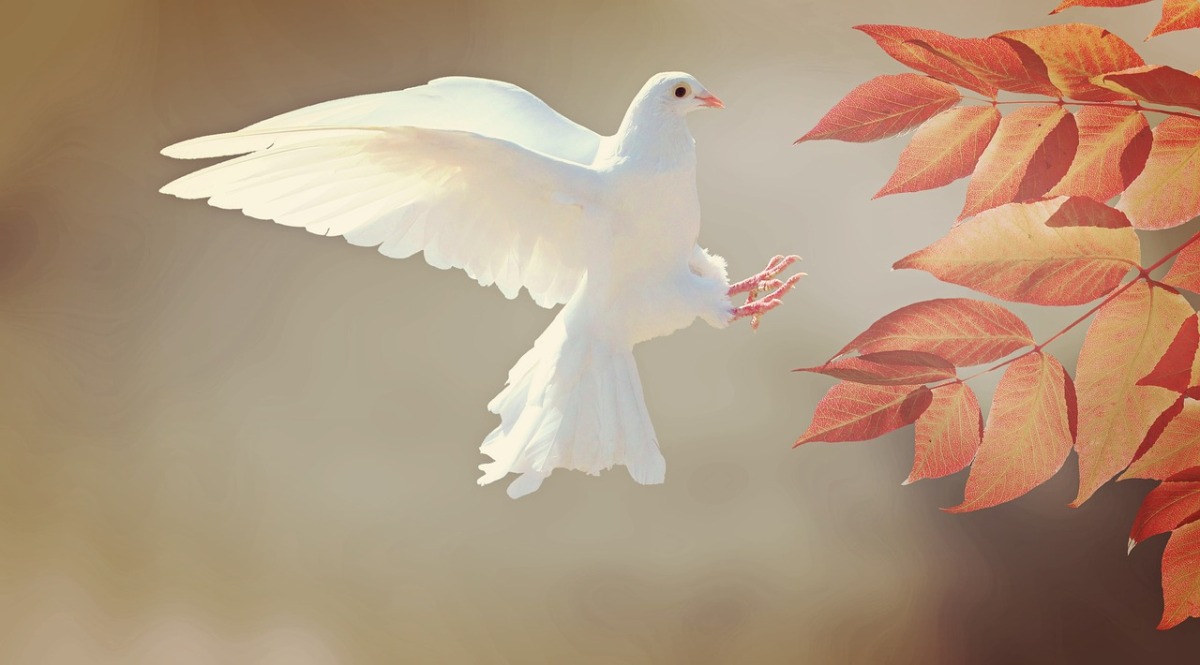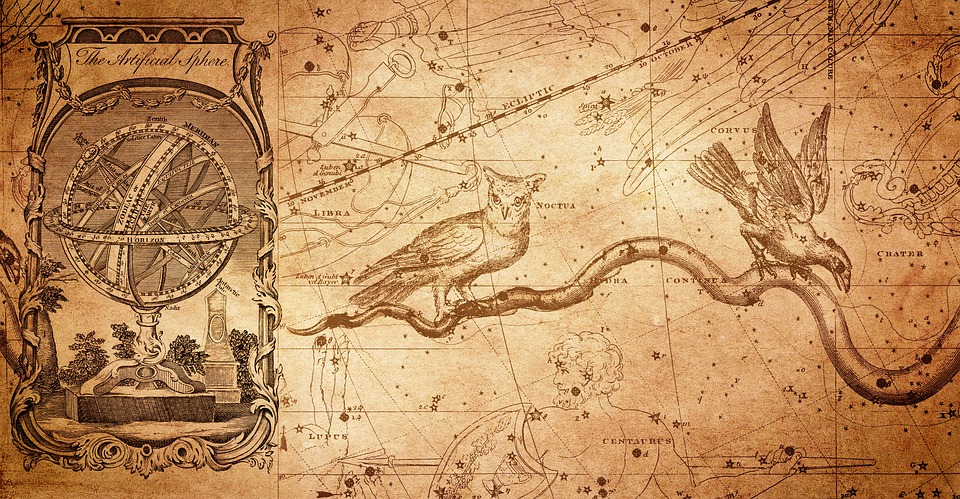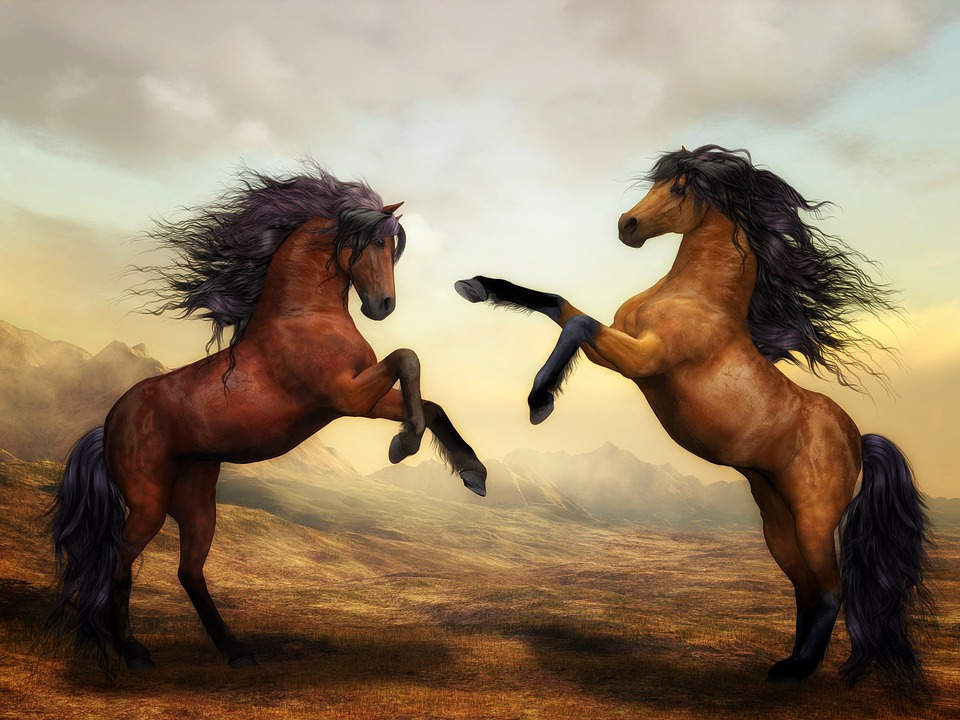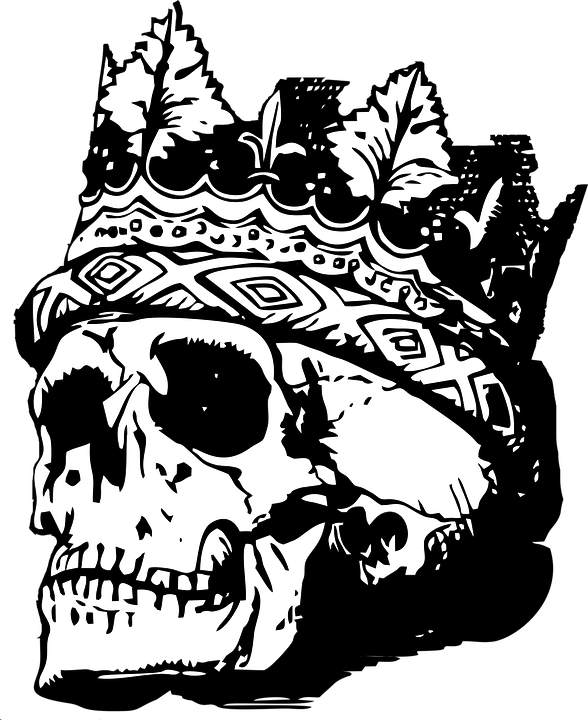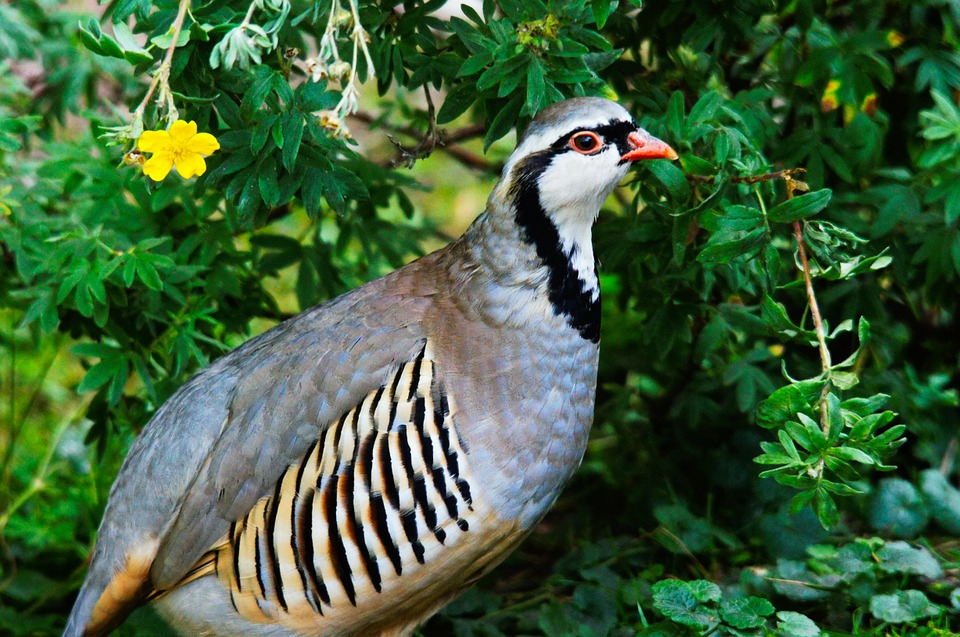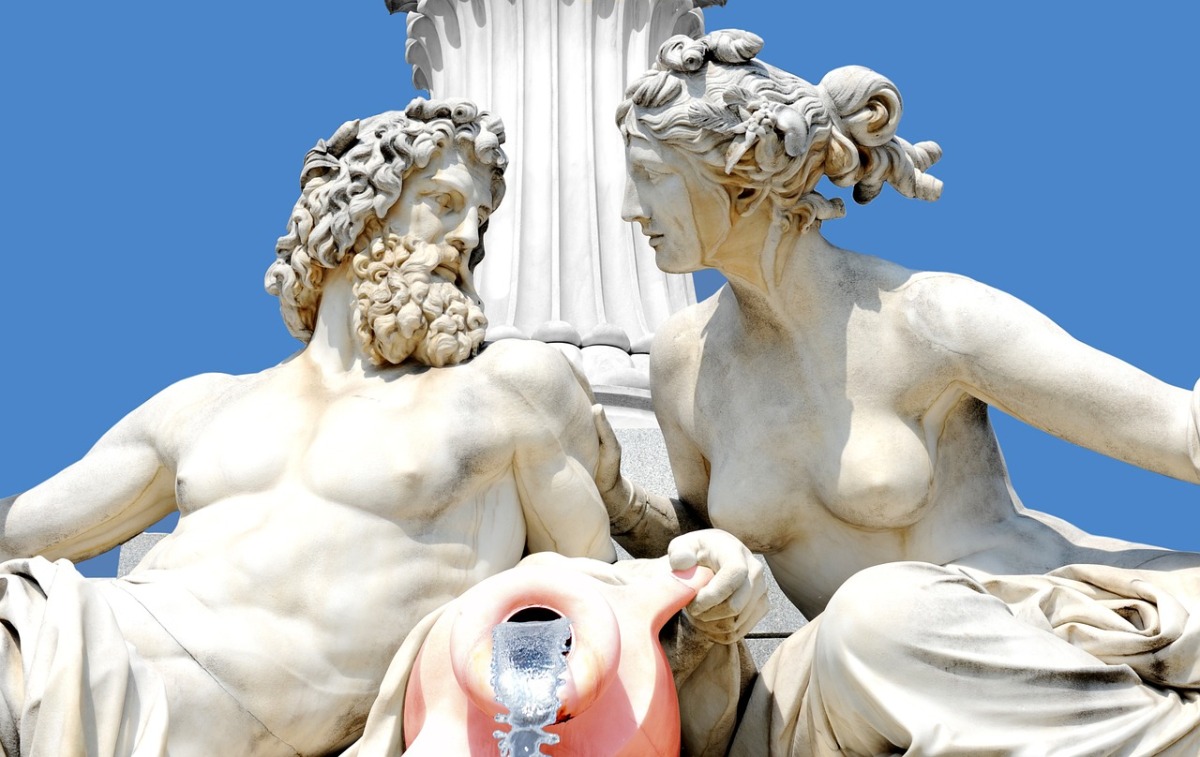Creator god. Mayan (Yucatec, classical Mesoamerican) [Mexico]. The greatest deity in the pantheon, no image is created of Hunab Ku since he is considered to be without form. His son is the iguana god, ITZAM NA, and he may have become the Mayan counterpart of the Christian god.
Tag: his
The Raven: Balancing Man and Nature by Cheryl Lynne Bradley
“He likes bright abalone shells, silver beads, endless vittles, gossip and warm sleeps over the smoke hole.
The Raven-ego is the lover-to-be who wants “a sure thing.” The Raven-ego is afraid passion will end. He is afraid and tries to avoid the end of the meal, the end of the fire, the end of the day, and an end to pleasure.
He becomes wily, and always to his detriment, for when he forgets his soul, he loses his power.”
“Women Who Run with the Wolves” by Clarissa Pinkola-Estes
Continue reading “The Raven: Balancing Man and Nature by Cheryl Lynne Bradley”
Alvis
by Dr Anthony E. Smart
His name means all-wise. He was a member of the dwarf race. In return for the weapons he forged for the gods he was promised Thrud, Thor’s daughter, in marriage. Thor did not like this arrangement and devised a test of knowledge to stop the marriage. He told Alvis that he had to prove that his great wisdom made up for his small stature. Thor prolonged the test until sunrise when the rays of the sun fell upon the dwarf; all dwarves turned to stone if touched by the sun’s rays.
Briareus
by Allison Kupec, Clarksville Middle School
Briareus was one of the Hecatonchires, the hundred-handed ones with fifty heads. His mother, Gaia, was the most ancient Greek goddess and was known as mother earth. He also had two brothers. One of his brothers was Gyes; the king of Cydia and the other was Coltus. Briareus was thrown into Tartarus by Uranus, but was then rescued by Zeus, whom he then urged to help him struggle against the Titans. During that battle, the Hecatoncheires took advantage of their one hundred hands by throwing rocks at the Titans.
Master of Animals
by Dr Alena Trckova-Flamee, Ph.D.
Master of Animals – a Late Bronze Age deity
In the Minoan and Mycenaean mythological and religious iconography appears a male deity, called later by the Greeks, Master of Animals. He is a counterpart of the Mistress of Animals (Potnia theron) 1 portrayed with wild animals, mainly lions and exerting his power over them. On the seals and rings-relief the Master of Animals is depicted with the Minoan manner, wearing only a small cloth around his slim waist and turning his body to show his muscular breasts and shoulders in a frontal position. The head, usually with beard and rich hair, has a strong facial expression. The gem from Kydonia or the Mycenaean seal ring are illustrating such type, while the well known Aegina Treasure-pendant represents the Master of Animals with an Egyptian influence. The motif is created by a completely different way. The deity looks like an Egyptian, holding waterbirds in his hands and his surrounding consists of double snakes and papyrus flowers. The Oriental seals from the Palace of Cadmus in Thiva are showing the Master of Animals with goats, some vegetation and various symbols from the Syrian and Mesopotamian mythology.
Acacallis
by Dr Alena Trckova-Flamee, Ph.D.
According to the myths, Acacallis (Akakallis) was one of the daughters of the Cretan king Minos and his wife Pasiphae. She was the sister of Xenodike, Ariadne and Phaedra. She became the first love of Apollo, when this god with his sister Artemis came for a purification reason from Aigialeia to Crete. Acacallis was just at Tarrha visiting the house of the seer Carmanor, who was a family member from the side of her mother. There at Tarrha in Western Crete, Apollo met her for the first time and there she became his beloved one. Their relation did not stay without effects and Acacallis faced the consequences when she became pregnant.
Dewing Uschinge
by Aldis Putelis
The Latvian god of horses. One of the deities called by name by Joannis Stribingius in his account of travel to forgotten lands of eastern Latvia. A somewhat corrupted form of better known Usins. Stribingius describes him as a god of horses exclusively, while there have been attempts to explain Usins as a deity of bees or light (e.g., Biezais, Haralds. Lichtgott der alten Letten. Uppsala, 1976).
Penda the Pagan
Royal sacrifice and a Mercian king
Alby Stone
Penda, a seventh-century king of Mercia, was a noted regicide. Indeed, his other achievements – his military campaigns and a crafty and unlikely alliance with the British king Cadwallon were instrumental in carving out Mercia as an independent kingdom and establishing it as a power to be reckoned with – were almost completely overshadowed by his reputation as a slayer of kings. As Penda was a pagan, and his alleged victims all Christian, it comes as no surprise to find that medieval chroniclers, mostly monks or Christian nobles, viewed his reign and deeds with horror and denigrated him at every opportunity. The reputation of his ally Cadwallon, himself a Christian, suffered by association: in his Historia Ecclesiastica Gentis Anglorum, written in the early eighth century, Bede of Jarrow describes him as ‘a barbarian more savage than any pagan’ with ‘no respect for the newly established religion of Christ’ [1]. Bede’s invective was not tempered by the fact that Cadwallon was a Celt.
Partridge in a Pear Tree
by Alan G. Hefner
In Middle English pertriche “partridge,” was derived from Perdix, one of Athene’s sacred kings, thrown in the seas from a tower, and carried to heaven in the form of a bird by his goddess. He was the partridge, she the pear tree.
Balance of the God and Goddess
by Adrienne
I see the God as That is Created and Destroyed; the Goddess is the Creator and the Destroyer. Continue reading “Balance of the God and Goddess”



